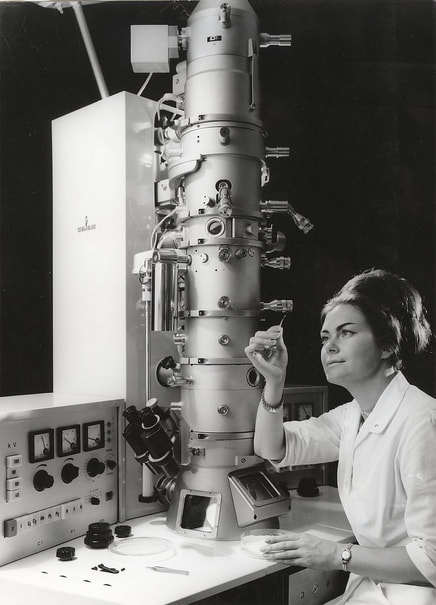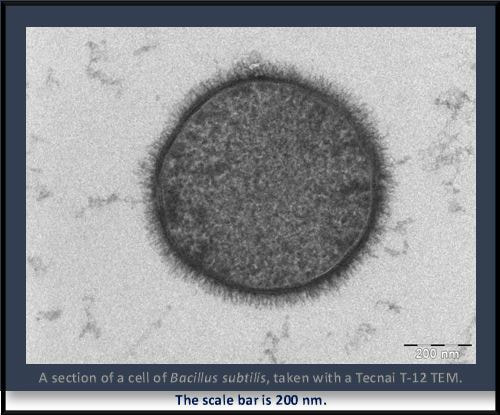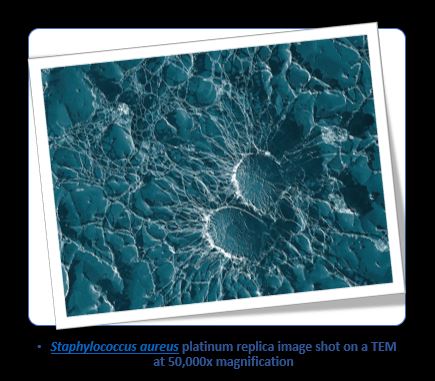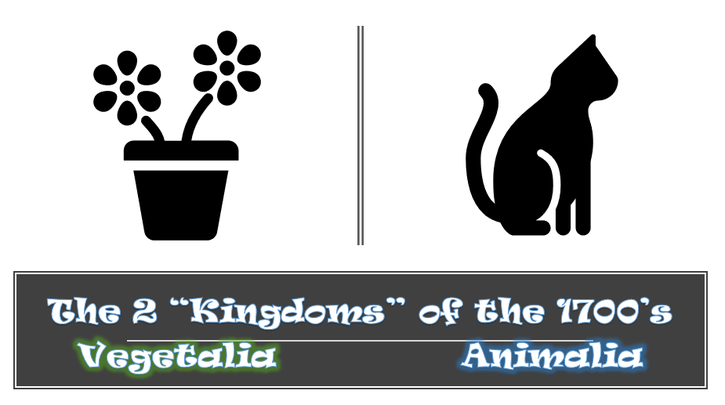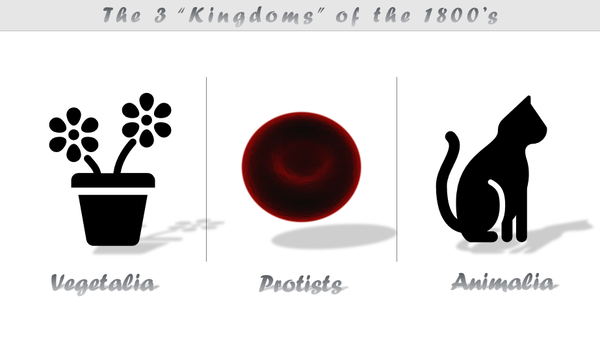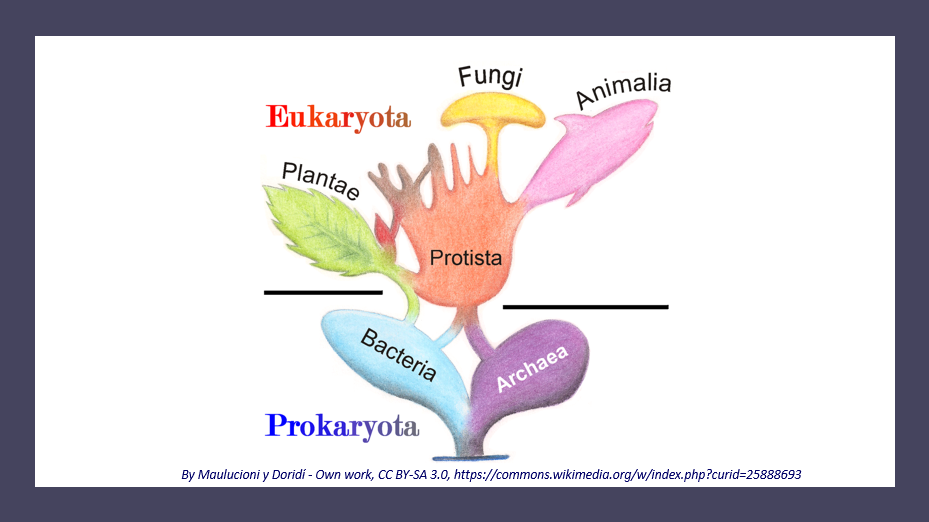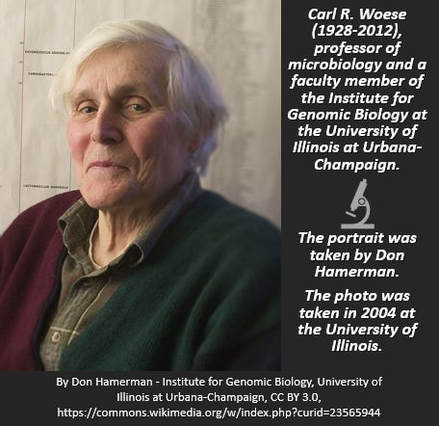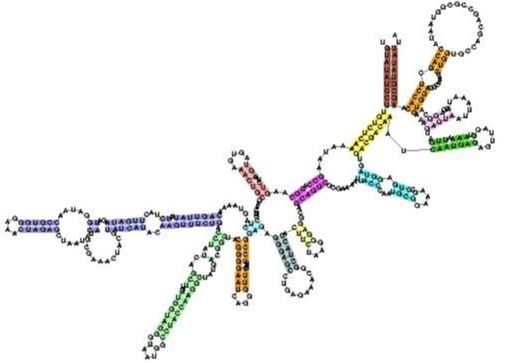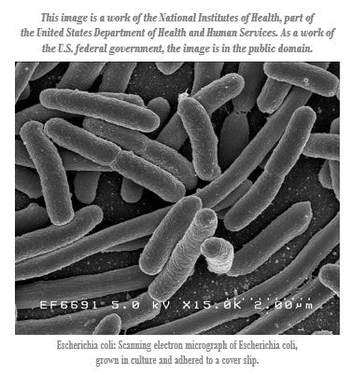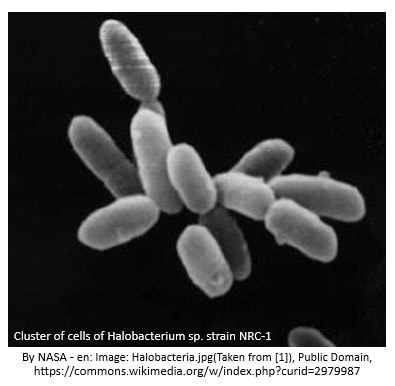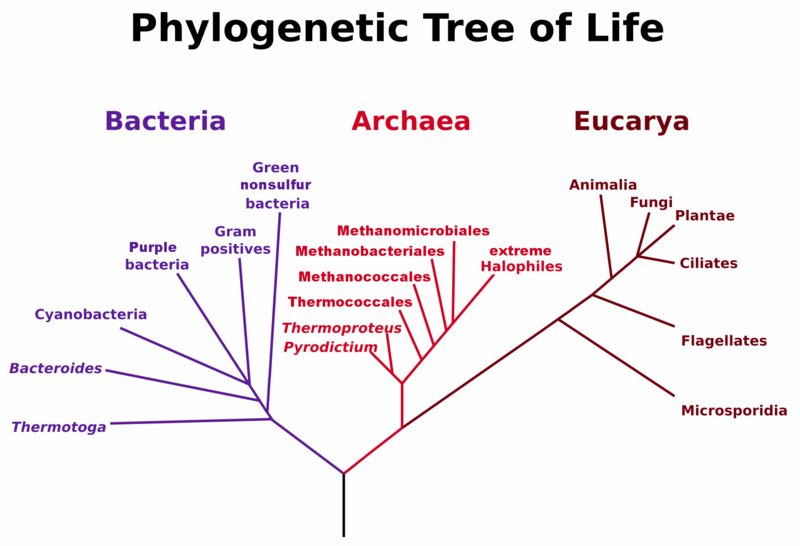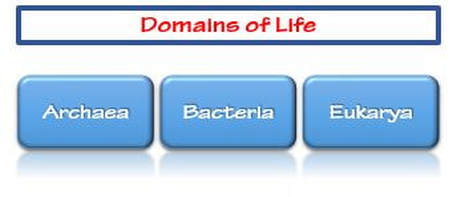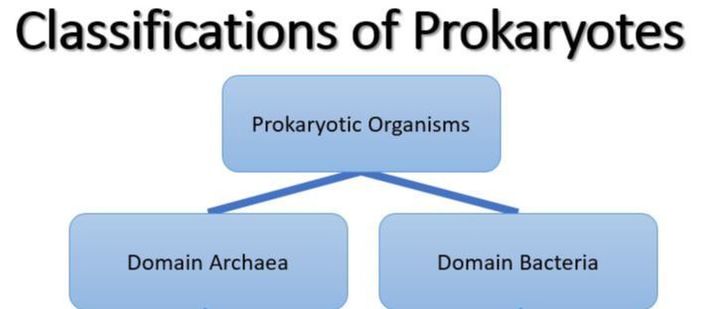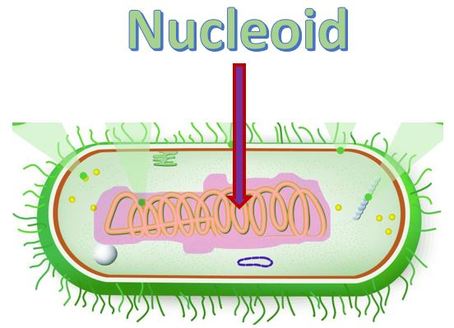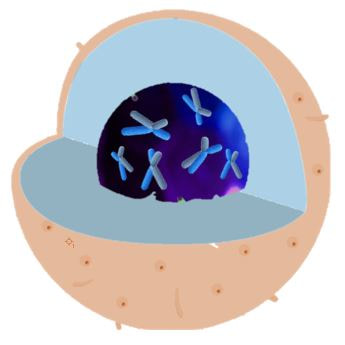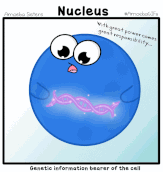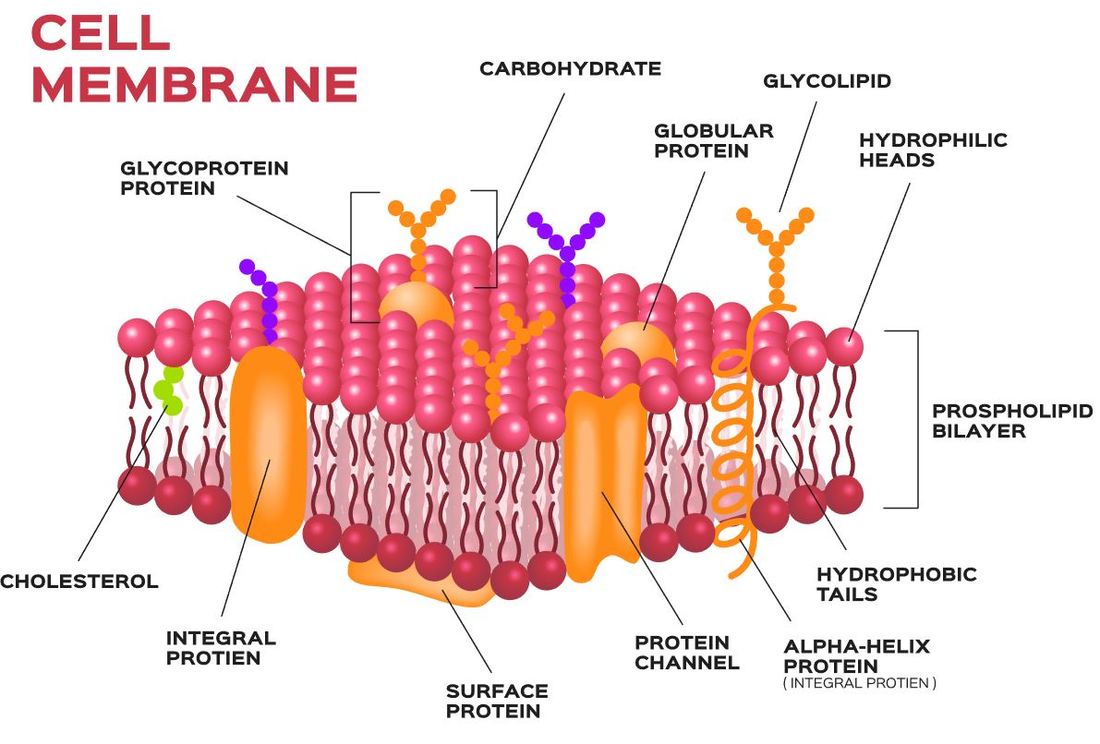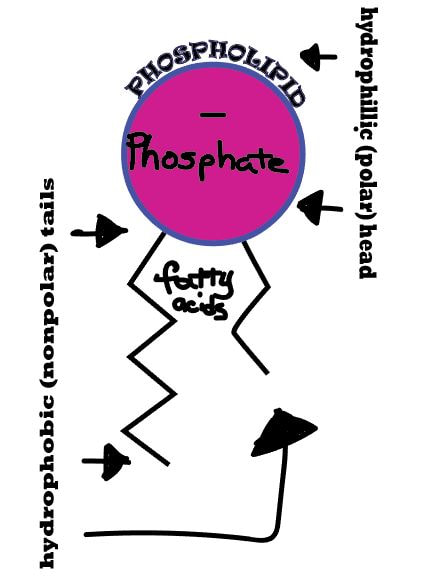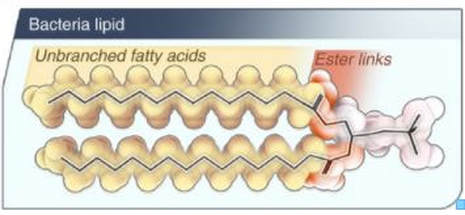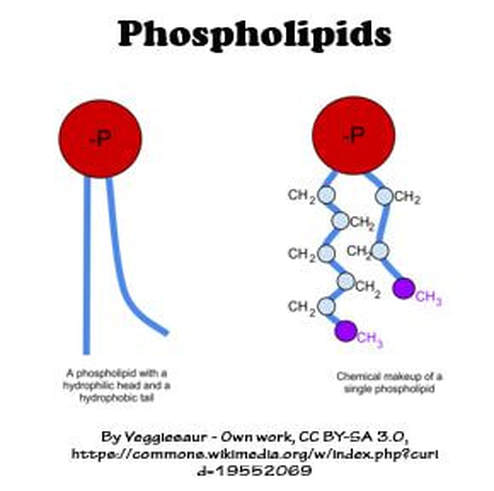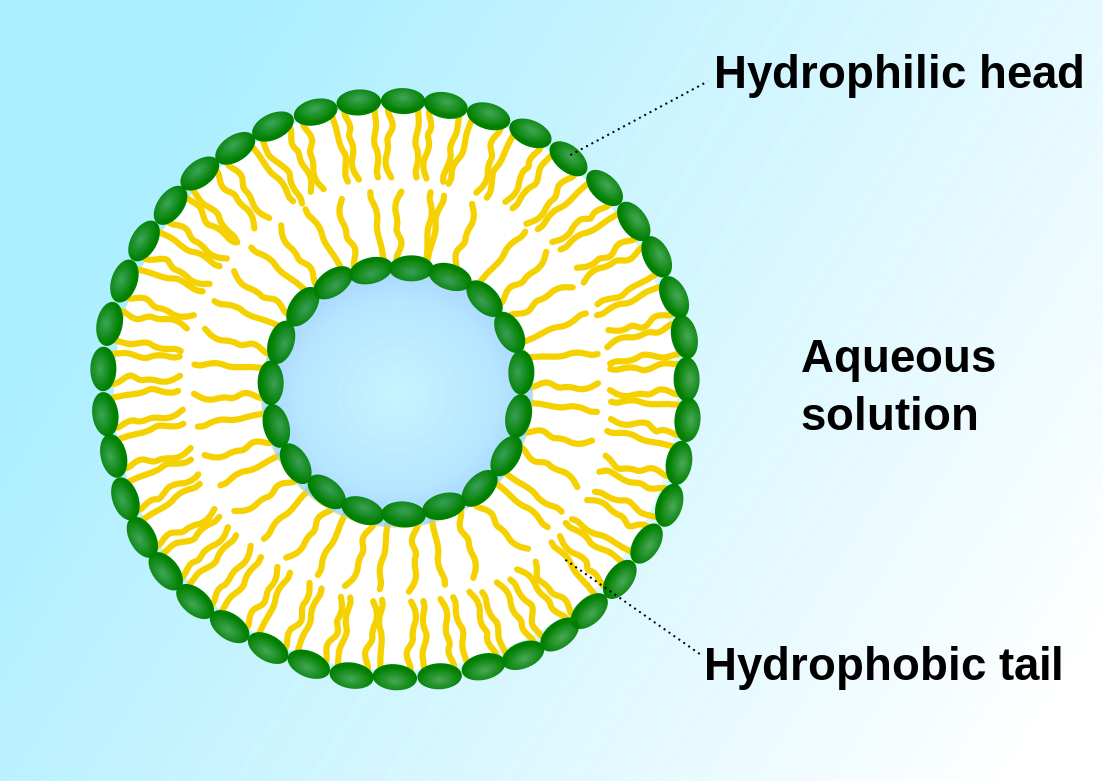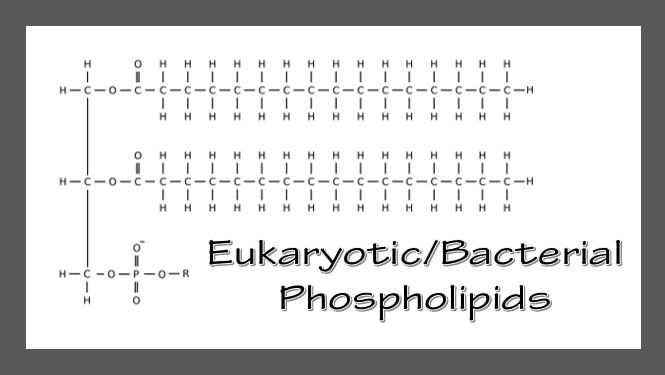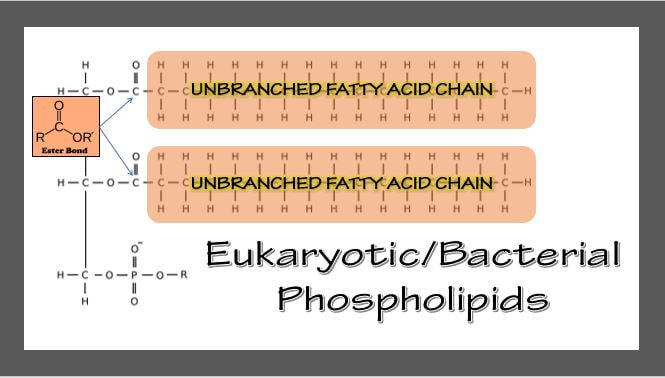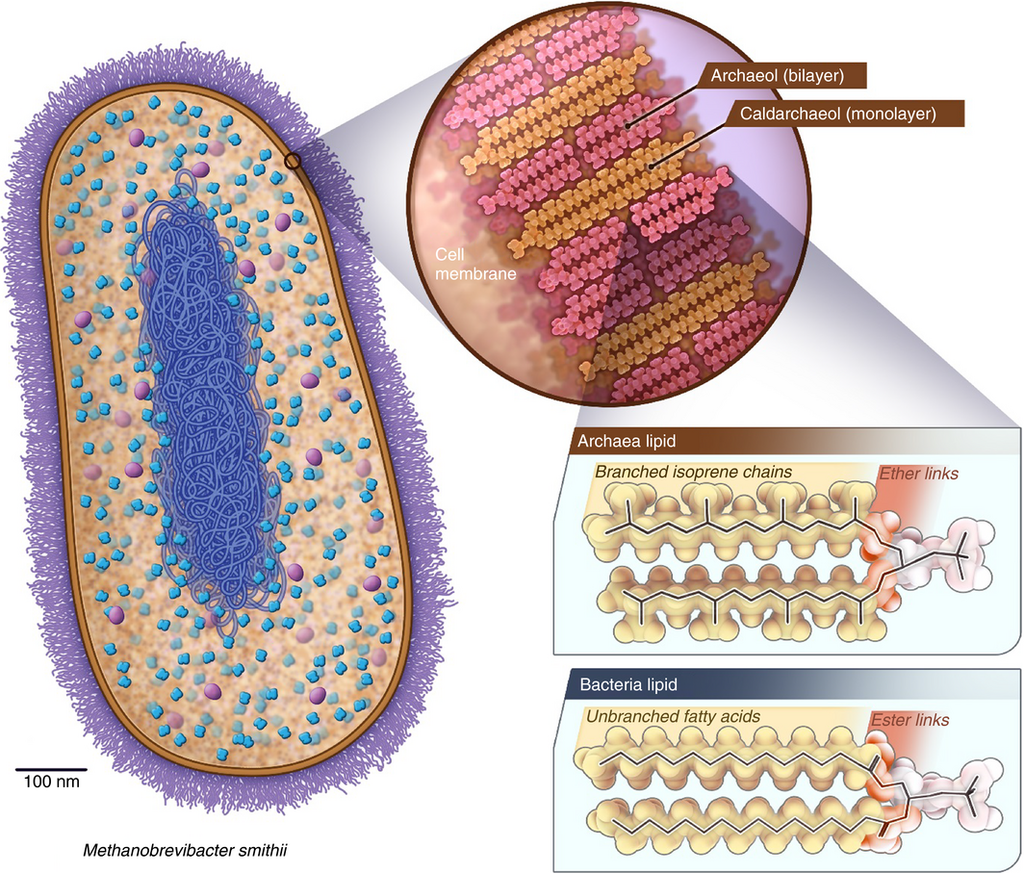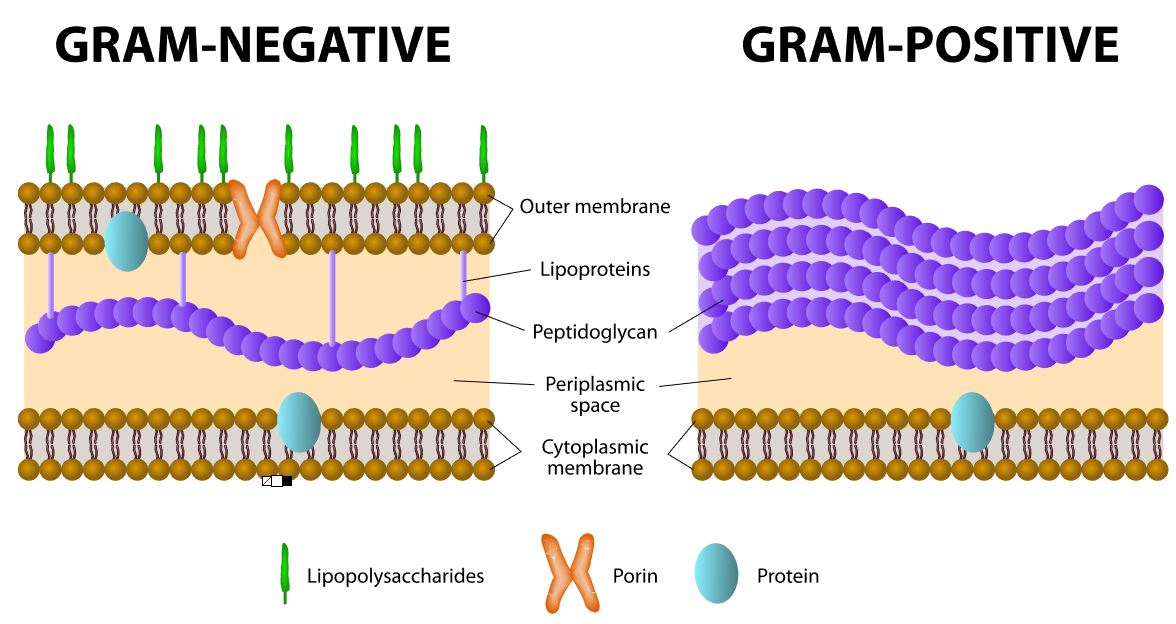Bacteria vs Archaeal Structures
Prokaryotic Organisms
Before the invention of the electron microscope, cells were generally classified as either plant cells or animal cells. The reason for this, is that plant and animal cells are relatively large eukaryotic cells that could be easily seen using the magnifying power of the compound light microscope. As science and technology continued to advance, smaller cells were discovered. These included protists, fungi and bacteria.
Prokaryotes vs Eukaryotes After the invention of the electron microscope, it soon became clear that bacteria (and much later, archaea) are indeed cells, similar to the plant and animal cells already known at the time. However, there were fundamental differences between these bacteria cells and the eukaryotic cells, which include the cells of plants, fungi, algae and animals.

